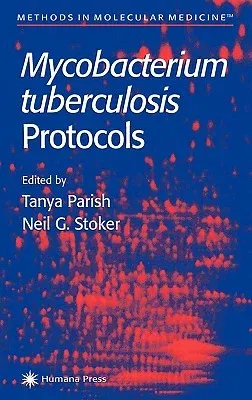The aim of this book is to provide detailed protocols for studying the
molecular biology of the pathogen Mycobacterium tuberculosis, and its
int- actions with host cells. As established mycobacterial laboratories
move - wards exploiting the genome, and laboratories with expertise in
other fields apply them to mycobacteria, both traditional and novel
methodologies need to be reviewed. Thus the chapters in Mycobacterium
tuberculosis Protocols range from perspectives on storage of strains and
safety issues to the application of the latest functional genomics
technologies. The last few years have been remarkable ones for research
into M. tuber- losis. The most important landmark by far has been the
completion of the genome sequence of the widely studied H37Rv strain
(1). We can now predict every protein and RNA molecule made by the
pathogen. This information is or will soon be enriched by the addition
of genome sequences of other strains from the M. tuberculosis complex: a
second strain of M. tuberculosis, My- bacterium bovis, and the vaccine
strain, M. bovis BCG. Valuable comparative data will also be provided by
the genome sequences of Mycobacterium leprae, Mycobacterium avium, and
Streptomyces coelicolor. Another recent milestone for M. tuberculosis
has been the development of efficient mutagenesis me- odologies, the
lack of which has been a major handicap in functional studies.

